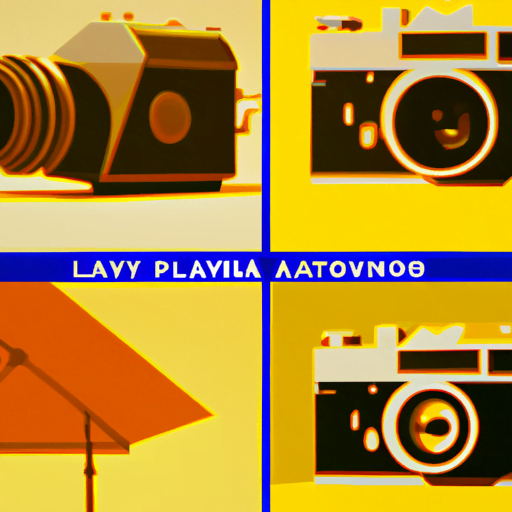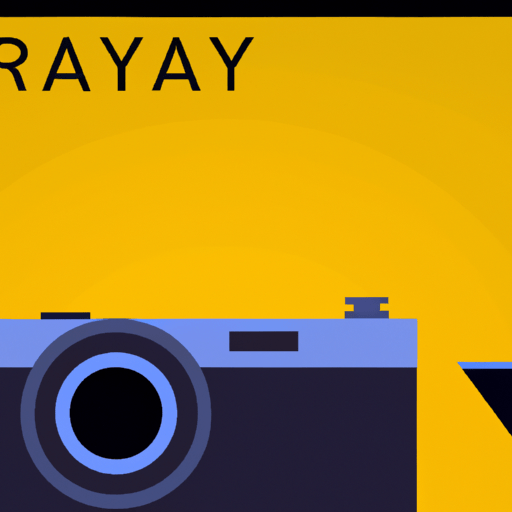
-
Table of Contents
Raymond Loewy: The Father of Industrial Design

Raymond Loewy, a French-born American industrial designer, is widely regarded as one of the most influential figures in the field of design. With a career spanning over five decades, Loewy revolutionized the way products were conceived, designed, and marketed. His iconic designs, such as the Coca-Cola bottle, the Greyhound bus, and the Shell logo, have become timeless symbols of modernity and innovation. This article delves into the life and work of Raymond Loewy, exploring his design philosophy, notable achievements, and lasting impact on the world of design.
Early Life and Education
Raymond Loewy was born on November 5, 1893, in Paris, France. Growing up in a middle-class family, Loewy displayed a keen interest in art and design from a young age. He studied engineering at the École de Paris before moving to the United States in 1919. In America, Loewy continued his education at the University of Paris and the University of Pennsylvania, where he studied electrical engineering and industrial design.
The Birth of Industrial Design
During the early 20th century, design was primarily focused on aesthetics, with little consideration given to functionality or user experience. Raymond Loewy sought to change this by introducing the concept of industrial design. He believed that products should not only be visually appealing but also practical and user-friendly.
Loewy’s breakthrough came in 1929 when he founded his design firm, Raymond Loewy Associates. The firm quickly gained recognition for its innovative approach to design, attracting clients from various industries, including transportation, consumer goods, and architecture.
Design Philosophy and Principles
Raymond Loewy’s design philosophy was centered around the idea of “Most Advanced Yet Acceptable” (MAYA). He believed that successful designs should strike a balance between familiarity and innovation. Loewy understood that people are resistant to change, so he aimed to create designs that were both cutting-edge and familiar enough to be accepted by the public.
One of Loewy’s key principles was the importance of streamlining. He believed that products should be sleek, aerodynamic, and visually appealing. This principle was evident in his designs for transportation, such as the iconic Greyhound bus and the streamlined locomotives for the Pennsylvania Railroad.
Another principle Loewy emphasized was the integration of design and marketing. He understood that design alone was not enough to ensure the success of a product. Therefore, he worked closely with marketing teams to create cohesive brand identities and effective advertising campaigns. This approach was exemplified in his work for companies like Coca-Cola, where he not only designed the iconic contour bottle but also developed a comprehensive marketing strategy to promote the brand.
Notable Achievements
Throughout his career, Raymond Loewy achieved numerous notable accomplishments that solidified his status as a design pioneer. Some of his most iconic designs include:
- The Coca-Cola Contour Bottle: Loewy’s design for the Coca-Cola bottle, introduced in 1915, is considered one of the most recognizable and successful packaging designs of all time. Its distinctive shape and contour have become synonymous with the brand.
- The Greyhound Scenicruiser: Loewy’s design for the Greyhound Scenicruiser, introduced in 1954, revolutionized the bus industry. With its sleek lines and panoramic windows, the Scenicruiser set a new standard for long-distance travel.
- The Shell Logo: Loewy’s redesign of the Shell logo in 1971 is still in use today. His simplified and streamlined version of the logo became an enduring symbol of the company.
In addition to these iconic designs, Loewy also worked on various other projects, including the design of the Lucky Strike cigarette package, the Studebaker Avanti car, and the Air Force One livery.
Legacy and Impact
Raymond Loewy’s influence on the field of design cannot be overstated. His innovative approach to industrial design paved the way for future designers and shaped the way products are conceived and marketed today. Loewy’s emphasis on user-centered design and the integration of design and marketing has become standard practice in the industry.
Furthermore, many of Loewy’s designs have stood the test of time and continue to be celebrated for their timeless appeal. The Coca-Cola bottle, the Greyhound bus, and the Shell logo are just a few examples of his enduring legacy.
Today, Raymond Loewy’s work is showcased in museums around the world, and his design principles continue to inspire designers and entrepreneurs alike. His ability to combine aesthetics, functionality, and marketability has left an indelible mark on the world of design.
Conclusion
Raymond Loewy’s contributions to the field of design are immeasurable. His innovative designs, such as the Coca-Cola bottle and the Greyhound bus, have become iconic symbols of modernity and continue to inspire designers today. Loewy’s design philosophy, centered around the concept of “Most Advanced Yet Acceptable,” revolutionized the way products are conceived and marketed. His emphasis on streamlining, user-centered design, and the integration of design and marketing set new standards for the industry.
Raymond Loewy’s legacy lives on through his timeless designs and his lasting impact on the world of design. His work serves as a reminder that good design goes beyond aesthetics, encompassing functionality, user experience, and marketability. As we continue to push the boundaries of design, we owe a debt of gratitude to Raymond Loewy, the father of industrial design.
